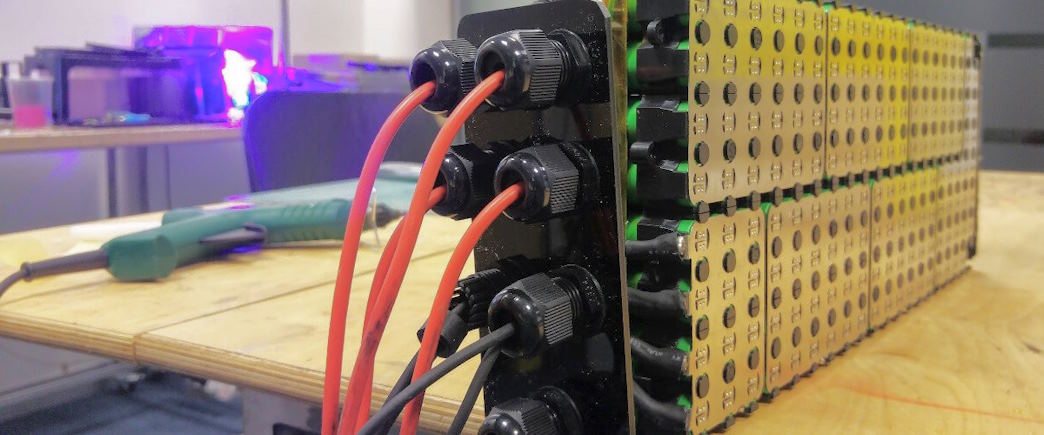In our efforts for developing solutions of sustainable usage of energy, batteries play a vital role that goes beyond their primary purpose. Welcome to the world of second-life batteries, where retired powerhouses find new purpose and rejuvenation.
Let’s delve into the realm of such batteries and explore the remarkable advantages they offer to propel us towards a greener future.
What are second-life batteries, and how do they work?
Such batteries are rechargeable units that have reached the end of their initial use in applications such as electric vehicles (EVs) or other energy storage systems. Instead of being discarded, these batteries are repurposed for secondary applications, extending their lifespan and maximizing their value.
The lifecycle of a battery involves gradual degradation of its performance over time. In applications like EVs, where high power and energy demands are required, batteries may no longer meet the stringent requirements after a certain period. However, despite the reduced capacity and power output, these batteries often retain significant usable energy and can still serve a purpose in less demanding applications.
How can people use such batteries?
When it comes to repurposing batteries, there are several possible applications.
A popular application for repurposed batteries is stationary energy storage systems. In this scenario, the batteries serve as a storage solution for renewable energy generated by sources such as solar panels or wind turbines. The stored energy can be utilized during peak demand periods or when the renewable sources are unable to meet the required power output.

Repurposed batteries can also be used in off-grid applications, providing power in remote areas or disaster-stricken regions with limited access to a stable electrical grid. By repurposing these batteries, they can bring reliable and clean energy solutions to communities that may otherwise rely on traditional fossil fuel-based generators.
Besides, electric vehicle (EV) charging stations can employ second-life batteries to manage peak electricity demand and balance grid load. These batteries can store excess energy during low-demand periods and deliver it to charging stations during high-demand periods. We optimize grid stability and minimize strain on the electrical grid by utilizing second-life batteries in EV charging infrastructure.
What are the advantages of using second-life batteries?
Such batteries provide numerous benefits, including environmental sustainability, economic value, and energy conservation. By repurposing retired batteries, we reduce electronic waste and lower carbon emissions associated with battery production. It contributes to a more sustainable circular economy.
Additionally, second-life batteries offer cost savings, stimulate economic growth, and create a secondary market for battery-related industries.
They also help stabilize the electrical grid, integrate renewable energy sources, provide off-grid power solutions, and support research and development in battery technologies.
Are there any challenges with using repurposed batteries?
You can come across battery degradation due to previous use, compatibility issues with different applications, limited remaining lifespan, the need for proper battery management and safety measures, market uncertainties and warranty concerns, and environmental considerations during recycling or disposal.
